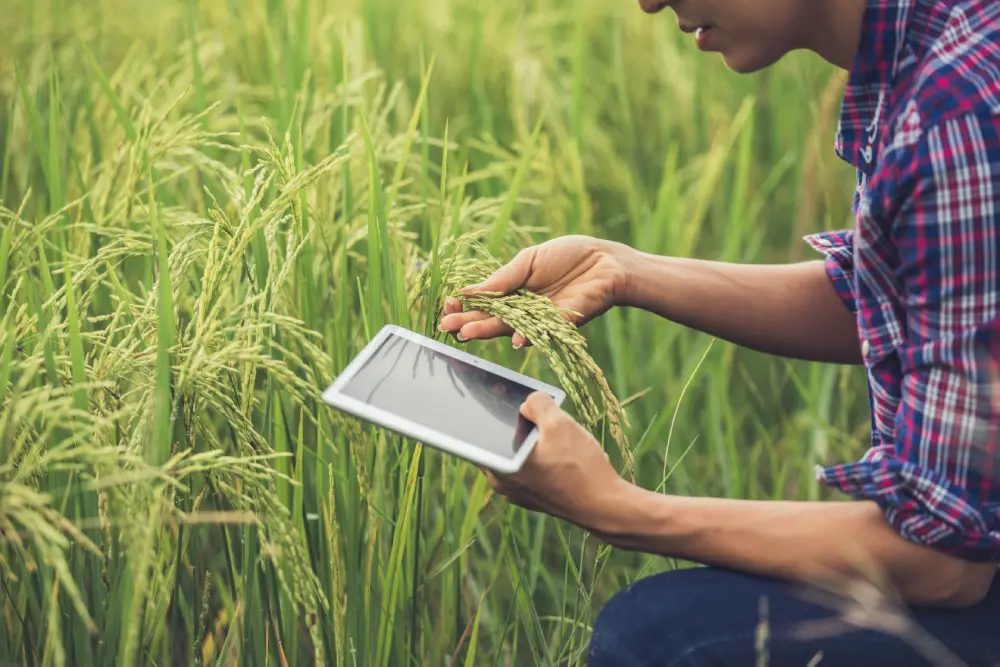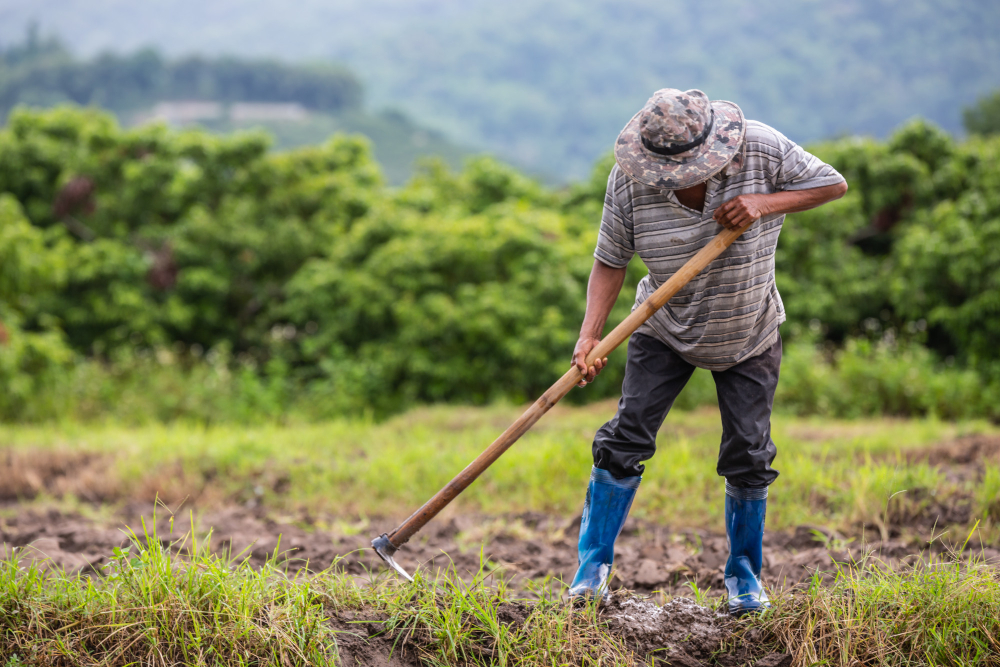Throughout history, there have been many important changes in society. One of the biggest changes was when people started farming instead of hunting and gathering. This change had a big impact on how we get our food and how we trade with other people. We want to know how farming affected trading. This is a big question that we’ll try to answer. This story has been going on for thousands of years, and we’ll look at how farming changed trade from the past until today. 
The Agricultural Revolution
The Agricultural Revolution was a major change in how people farmed and produced food. It had a big impact on human history. It changed everything when people started to grow their food and take care of animals. They didn’t have to move around so much to find food anymore. This made it possible to have more food than they needed, which allowed them to trade with others and have a more stable life.
A Farming Renaissance
The Agricultural Revolution was a big change in human history. It helped people produce more food than they needed to live. This extra food allowed communities to grow bigger and do more than survive. It also helped create trade because people had more resources to exchange.
Agricultural Surplus and Barter
In the past, farmers had extra food and other things they made. They traded with other people who had things they needed but couldn’t make themselves. This happened over a big area.
Emergence of Specialized Trade
As people got better at farming, some places got better at growing or making certain things than others. This made some places good at trading their special things with other places.
Ancient Trade Routes and Empires
Agriculture didn’t just happen in one place; it happened worldwide. This made a big impact on empires and civilizations. Let’s learn about some important trade routes and empires that used agriculture.
Silk Road: Bridging East and West
The Silk Road, the ancient network of trade routes, exemplifies how agriculture catalyzed trade. It facilitated the exchange of silk and a myriad of agricultural products like spices, tea, and fruits. This East-West connection altered the course of history.
Roman Empire: Agrarian Prowess
The Roman Empire’s mastery of agriculture was pivotal in its dominance. With extensive grains, olives, and grapes cultivation, Rome became a major agricultural exporter, underpinning its vast trading network.
Trans-Saharan Trade: Desert Bloom
In the heart of Africa, the trans-Saharan trade route flourished, fueled by the cultivation of crops like millet and sorghum. Agriculture was the lifeblood of this desert commerce, connecting North Africa to the sub-Saharan regions.
The Great Silk Road: China’s Agricultural Wealth
China’s ancient agricultural innovations, including the plow and crop rotation, made it a powerhouse along the Silk Road. Chinese agriculture and the introduction of crops like rice transformed global trade dynamics.
Medieval Guilds and European Feudalism
During the medieval period, agriculture’s impact on trade was further magnified by the emergence of guilds and the feudal system. These institutions organized and regulated production, shaping the trade landscape.
Guilds: Masters of Craftsmanship
Medieval Europe saw the rise of guilds and associations of skilled craftsmen and merchants. Agriculture was pivotal in supplying these guilds with raw materials, fueling their productivity and trade.
Feudalism: Land and Trade
The feudal system tied land ownership to agricultural production. The surpluses generated by peasants who worked the land were essential for sustaining feudal lords and trade within the realm.
The Age of Exploration: Spices, Sugar, and Agriculture
The Age of Exploration heralded a new era in trade as European powers embarked on voyages of discovery in search of valuable commodities, many of which were rooted in agriculture.
Spice Trade: Flavoring the World
Spices like pepper, cinnamon, and nutmeg were highly sought in Europe. The quest for these exotic seasonings drove explorers to traverse the globe, fundamentally reshaping trade routes.
Sugar Plantations: The Bittersweet Trade
The cultivation of sugar, primarily in the Caribbean, relied on enslaved Africans’ labor. This dark chapter in history exemplifies how agriculture, fueled by forced labor, profoundly impacted trade.
The Industrial Revolution: Transforming Agriculture and Trade
The Industrial Revolution brought about seismic changes in agriculture and trade. Technological advancements revolutionized farming practices and transportation, opening new horizons for global commerce.
Mechanization: Farming at Scale
The mechanization of agriculture, with inventions like the steam engine and tractor, allowed for larger-scale production of crops. This abundance of agricultural goods had a cascading effect on trade.
Railroads and Steamships: Bridging Distances
The advent of railroads and steamships revolutionized transportation. Agricultural products could be swiftly transported over long distances, expanding markets and trade opportunities.
Urbanization: The Rise of Consumerism
The Industrial Revolution also led to urbanization, with more people living in cities. This urban shift created a burgeoning consumer market, further stimulating agricultural and manufactured goods trade.
The Modern Global Economy
Today, agriculture remains a linchpin of the global economy. From the Green Revolution to biotechnology, modern innovations continue to shape the agricultural landscape and, in turn, impact trade dynamics.
Green Revolution
The Green Revolution, characterized by the introducing of high-yielding crop varieties and modern farming techniques, played a pivotal role in meeting the demands of a growing global population.
Biotechnology
Biotechnology has transformed agriculture, enabling the genetic modification of crops for improved yields and resistance to pests. This innovation has far-reaching consequences for trade regulations and debates.
Sustainable Agriculture
As concerns about environmental sustainability grow, sustainable agriculture practices are gaining prominence. These practices can influence trade by altering the production and consumption of agricultural products.
And there you have it— this is the story of how farming has changed how we trade things. It all started with caravans traveling along the Silk Road, carrying spices and other goods. Now, with modern technology, we can create amazing things with agriculture. The relationship between farming and what we like to eat will continue to shape the future of trade in ways we can’t even imagine.

FAQs
How did agriculture contribute to the rise of ancient empires?
Agriculture allowed ancient civilizations to produce surplus food, enabling population growth and the emergence of specialized labor, supporting the growth of powerful empires.
How did the Silk Road connect agricultural trade between East and West?
The Silk Road facilitated the exchange of agricultural products, including spices, tea, and fruits, between Eastern and Western civilizations, fostering cultural exchange and economic growth.
How did the feudal system impact agricultural trade in medieval Europe?
The feudal system tied land ownership to agricultural production, ensuring a stable supply of agricultural surpluses essential for trade in the medieval realm.
